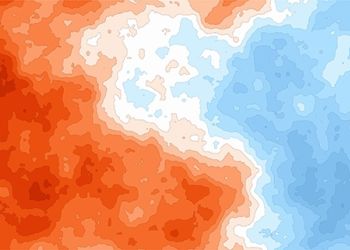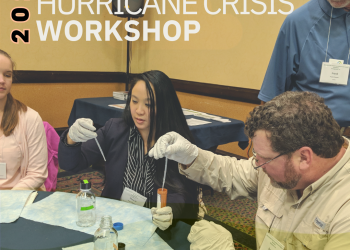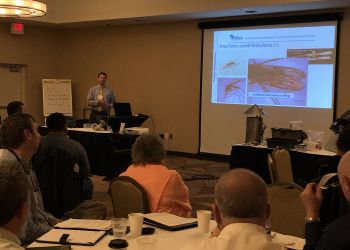This year, the National Association for County and City Health Officials (NACCHO), piloted a technical assistance program focused on Environmental Public Health Tracking. Applications for the program were accepted from February 2020 to March 2020, and were open to local health departments (LHDs) who were looking to receive guidance on developing their tracking programs. The selected local LHD would receive up to 10 hours of one-on-one support in addressing challenges and barriers related to tracking. This includes guidance on strategic planning, developing and/or maintaining partnerships with their state health department, and utilizing their state’s tracking portal and/or the Centers for Disease Control (CDC) tracking portal. The selected technical assistance recipient, Williams County Health Department, Ohio, will receive support on their environmental public health tracking efforts from April 1, 2020 to July 31, 2020.
Why Environmental Public Health Tracking?
Chronic diseases are the leading cause of death and disability in the United States. These diseases, such as asthma, diabetes, heart disease, and cancer account for approximately 90 percent of the $3.5 trillion in annual health care costs. There is a gap in critical knowledge in understanding the prevalence and incidence of chronic diseases and potentially associated environmental factors. Before the advent of the CDC Tracking Network, no systems existed at the national level to combine environmental exposure, hazard, and health information.
NACCHO offers an LHD perspective by providing strategies for strengthening collaboration between state grantees and LHDs working to understand the links between key environmental health indicators and the development of disease. With support from the Environmental Public Health Tracking Branch at the National Center for Environmental Health at the CDC, NACCHO aims to advance the practice of environmental public health within LHDs through the following:
- Communicate important data, information, tools, and resources from the Tracking Network, comprising 26 funded state and local partners.
- Increase LHDs’ capacities to address existing and emerging environmental health issues; and
- Understand how the Tracking Network and both funded and unfunded states and localities can better serve LHDs.
Strategies for Implementing Environmental Public Health Tracking Through Technical Assistance
To support the technical assistance recipient in developing Environmental Public Health Tracking in their local health department, they will receive guidance in the following areas:
- Data Collection - Many LHDs identify access to county/city level data as being a challenge. Guidance and information from LHDs who have developed strategies and insight for accessing granular data is provided to the technical assistance recipient.
- Strategic Planning - Steps for strategically planning and building a tracking program are provided to the technical assistance recipient. Throughout the technical assistance program, best practices and lessons learned will be shared so the recipient can develop a plan that works best for them and their jurisdiction.
- Tools and Resources - Tools and resources developed by federal, national, state, and local partners are identified as a source of information to assist the technical assistance recipient with building their tracking program. These include webinars, fact sheets, templates, and mapping software recommendations.
- Partnerships - NACCHO fosters partnerships between the technical assistance recipient and stakeholders such as the state health department, other LHDs, and the CDC. Partnerships are also developed between the recipient and data collection agencies such as the state’s environmental health department and water department.
At the conclusion of the technical assistance period, the recipient will receive a summary report of identified challenges, successes, best practices, resources, and next steps. With the tools needed to move forward in developing their tracking program, they will be able to make vital links between environmental health indicators and the health and safety of their community.





